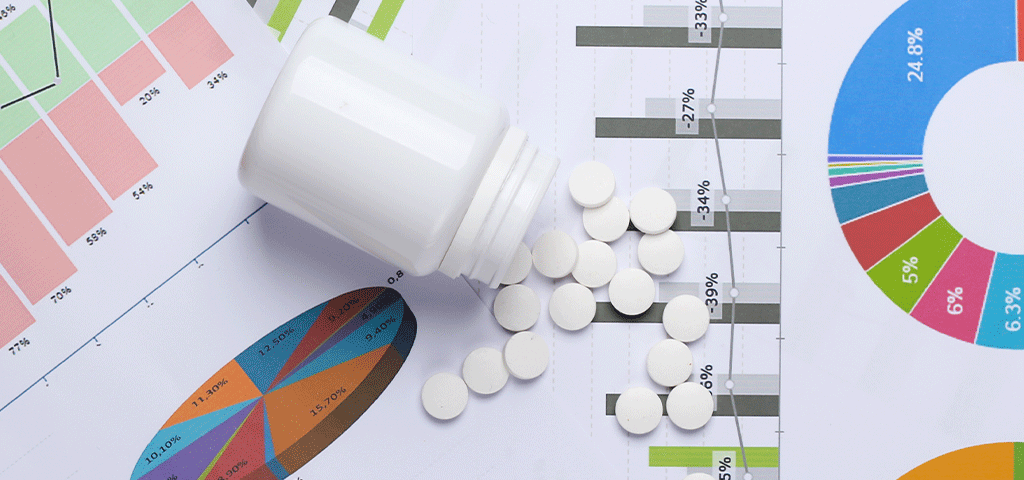As fast-paced as our world can be, it is not surprising that some people have resorted to using substances to keep up. There are also individuals diagnosed with attention deficit hyperactivity disorder (ADHD) that require medication to properly function. Both instances use amphetamines, which can be helpful or detrimental depending on the context. That is why Banyan Treatment Center Chicago is breaking down important amphetamine statistics to shine a light on instances of abuse and highlight the dangers.
Facts About Amphetamines
Amphetamines are infamous for their ability to energize users. They do so by speeding up the processes of the central nervous system, particularly by increasing the amount of dopamine in the brain. This typically leaves users feeling confident, focused, and motivated.
Common examples of amphetamines include:
- Adderall
- Concerta
- Focalin
- Desoxyn (methamphetamine)
- Ritalin
- Strattera
- Dexedrine (dextroamphetamine)
The latter of these drugs, Dexedrine or dextroamphetamine, is often used in combination with other amphetamines to manage the symptoms of ADHD. It is helpful in decreasing the restlessness of overactive patients and strengthening their attention span. Unfortunately, these substances are also infamous for the rates at which they are abused, especially by young adults.
Amphetamine Abuse Statistics
In 2018, the National Institute of Drug Abuse completed a study highlighting several troubling amphetamine statistics. These studies found that 11.1% of college students admitted to abusing Adderall. Of that number, 14.6% of males took part in the abuse, while only 8.8% of females did the same. Additionally, the same study found that 8.1% of young adults not attending college also abused the drug. Interestingly, a majority of 10.1% of non-college females from this percentage were the ones to practice drug abuse, while only 5.3% of non-college males did so.
Other studies have shown that 61.8% of college students had been offered some kind of prescription stimulant for nonmedical use during their academic careers.2 These numbers should absolutely raise concerns because it highlights the promotion of drug culture among communities that can be drastically affected by such substance abuse.
What is even more concerning is the fact that, especially in the case of adolescents, drug abuse of any kind can have a serious impact on neurological development. Therefore, spotting the signs of abuse early on is crucial.
Our Illinois Drug Rehab Can Help
If someone is partaking in heavy amphetamine use, they can be at risk for serious health complications if not addressed. Luckily, Banyan’s Chicago addiction treatment center offers programming for prescription drug abuse, as well as methamphetamine addictions, that can help them turn their life around.
Our facility also utilizes a variety of care levels that gives each patient the ability to obtain individualized care that is personalized to their unique needs. Whether someone needs full-time residential treatment or a less demanding option like our Chicago IOP (intensive outpatient program), you can rest assured that Banyan has the program for you.
To learn more about our options for Illinois addiction treatment, call Banyan Chicago at 888-280-4763 to speak with one of our intake specialists today.
Source
- NIDA - Drug and Alcohol Use in College-Age Adults in 2018
- NIH - Nonmedical use of prescription stimulants during college…
Related Reading









